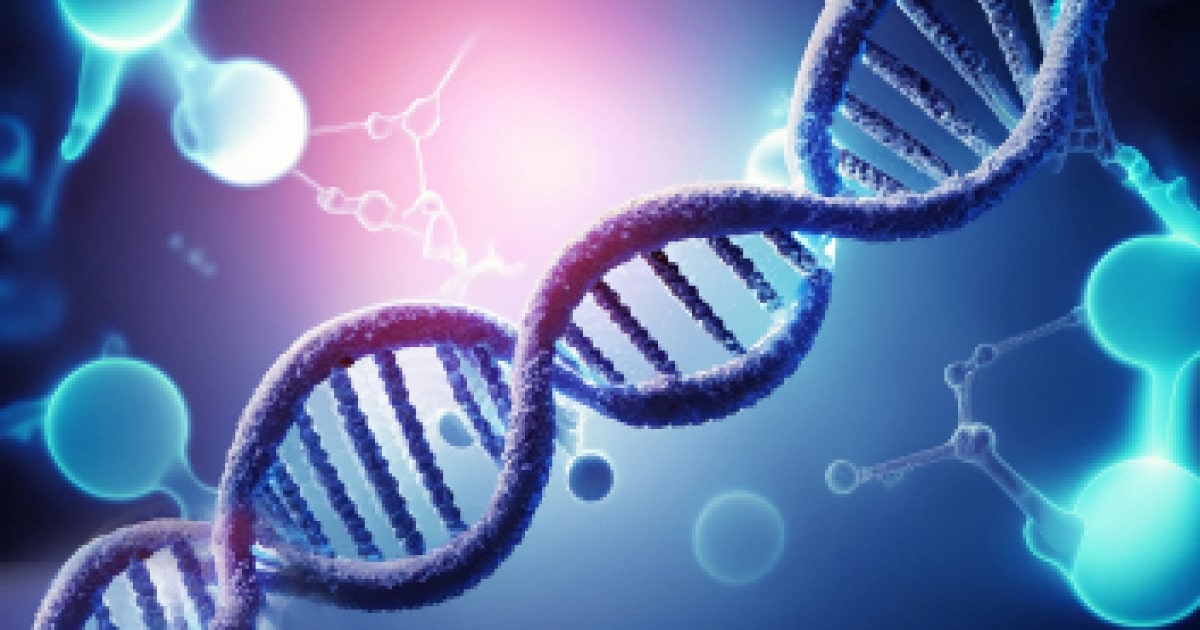
Expert Reviewed By: Dr. Brandon Colby MD
RYR1-associated myopathy is a group of rare genetic muscle disorders characterized by muscle weakness, reduced muscle tone, and skeletal abnormalities. The condition is caused by mutations in the RYR1 gene, which encodes for the ryanodine receptor 1 protein. This protein plays a crucial role in muscle contraction and relaxation by regulating the release of calcium ions within muscle cells. Understanding, diagnosing, and using genetic testing for RYR1-associated myopathy is essential to provide better care and management for patients affected by this condition.
Understanding RYR1-Associated Myopathy
RYR1-associated myopathy can present with a wide range of symptoms, including muscle weakness, respiratory issues, and skeletal abnormalities such as scoliosis and joint contractures. The severity of the condition can vary greatly, with some individuals experiencing mild symptoms while others may have severe muscle weakness and disability. The condition can be inherited in an autosomal dominant or autosomal recessive manner, which means that it can be passed down through families with varying patterns of inheritance.
Recent studies have shed light on the genetic causes and molecular mechanisms underlying RYR1-associated myopathy. For instance, a study investigating the effects of congenital myopathy-related RYR1 mutations found abnormal myosin post-translational modifications and ATP turnover time. This highlights the complex interplay between the RYR1 gene and other proteins involved in muscle function.
Diagnosing RYR1-Associated Myopathy
Diagnosing RYR1-associated myopathy can be challenging due to its varied clinical presentation and overlapping features with other muscle disorders. A comprehensive diagnostic approach is necessary, including clinical examination, muscle imaging, and laboratory tests such as creatine kinase (CK) levels. Genetic testing is a crucial component of the diagnostic process, as it can confirm the presence of RYR1 gene mutations and help differentiate RYR1-associated myopathy from other muscle disorders.
Genetic Testing for RYR1-Associated Myopathy
Genetic testing can be performed using various techniques, such as next-generation sequencing (NGS), which allows for the simultaneous analysis of multiple genes. A study investigating genetic causes of hyperCKemia and metabolic myopathies in 139 patients used a custom panel of 54 genes, including RYR1. This approach led to a definite genetic diagnosis in 15.1% of cases, highlighting the utility of NGS-based genetic analysis in diagnosing RYR1-associated myopathy.
Another study focusing on genetic profiling of RYR1-related myopathy in a tertiary neuromuscular center presented clinical and genetic data of 43 patients carrying 47 different RYR1 gene variants. The study found that autosomal dominant forms of the condition were related to missense variants, while autosomal recessive forms included missense and null variants.
Benefits of Genetic Testing in RYR1-Associated Myopathy
Genetic testing for RYR1-associated myopathy can provide several benefits, including:
- Confirming a diagnosis and differentiating RYR1-associated myopathy from other muscle disorders
- Identifying the mode of inheritance, which can help in family planning and genetic counseling
- Guiding treatment and management decisions based on the specific genetic mutation and clinical presentation
- Enabling enrollment in clinical trials and research studies for patients with confirmed RYR1 mutations
In some cases, genetic testing can also reveal "double trouble" scenarios, such as a case report describing a 5-year-old girl with both neurofibromatosis type 1 and RYR1-related myopathy. This highlights the importance of considering multiple genetic factors in patients with unusual presentations.
Conclusion
Understanding, diagnosing, and using genetic testing for RYR1-associated myopathy is essential to provide optimal care for patients affected by this rare genetic muscle disorder. Advances in genetic analysis techniques, such as next-generation sequencing, have improved the diagnostic process and allowed for better characterization of RYR1 gene mutations. As our understanding of the molecular mechanisms underlying RYR1-associated myopathy continues to grow, so too will our ability to develop targeted therapies and improve patient outcomes.
About The Expert Reviewer
Dr. Brandon Colby MD is a US physician specializing in the personalized prevention of disease through the use of genomic technologies. He’s an expert in genetic testing, genetic analysis, and precision medicine. Dr. Colby is also the Founder of and the author of Outsmart Your Genes.
Dr. Colby holds an MD from the Mount Sinai School of Medicine, an MBA from Stanford University’s Graduate School of Business, and a degree in Genetics with Honors from the University of Michigan. He is an Affiliate Specialist of the American College of Medical Genetics and Genomics (ACMG), an Associate of the American College of Preventive Medicine (ACPM), and a member of the National Society of Genetic Counselors (NSGC)